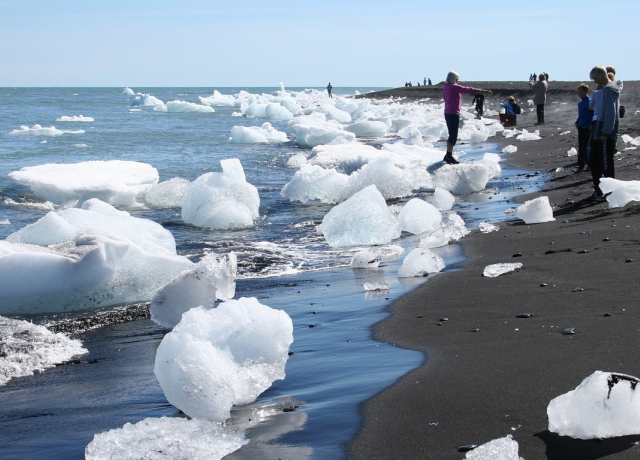Celebrating the Efforts of Local Heritage Groups in Iceland
Celebrating the Efforts of Local Heritage Groups in Iceland
Europe’s Land of Fire and Ice joined the 2016 European Heritage Days with a distinct cultural programme designed to celebrate “people behind the places” by highlighting to the work of various heritage communities across the country. During the festival, Iceland’s eight „heritage areas“ (minjasvæði), including the capital Reykjavik, organised guided walks around cultural, architectural, archaeological and architectural landscapes that offer unique insights into historical and cultural development of the island.
From walks around historic settlements to lectures, this year’s programme in Iceland offered a diverse set of activities, most of which were held in rural areas. Around 1000 visitors gathered to be a part of the festival and use the opportunity to explore the hidden histories of their everyday environment. As suggested by Rúnar Leifsson, European Heritage Days coordinator for Iceland, this year’s festival closely followed the common theme, putting people at the heart of celebrations.
The extent to which people are important for promoting Iceland’s heritage is perhaps best illustrated by the fact that all the events were organised and hosted by local heritage groups. Acting as a bond between heritage and history, on one side, and local communities on the other, heritage groups are essential to heritage conservation and management. With the initiative like European Heritage Days, their efforts to promote national heritage can only reach more people and encourage more active participation in heritage conservation.
Among the most interesting events, the walk around the earliest settlements known in Kópavogur, a municipality in the capital area, gathered numerous visitors eager to explore the history of the area. Ending up with a barbeque, it demonstrated how heritage exploration can bring people together to celebrate their shared values and interests.
In addition to Kópavogur, the town Grindavík in the Reykjanes area also offered an exciting programme focused on an archaeological site situated in the lava field just outside of the town. Discovered in the late 19th century, this site is still inaccessible and has been little known among locals until recent years. The site is called „Tyrkjabyrgi“ and it is a home to a series of structures hidden in the lava, which still represent a historical mystery given that their exact date of origin has never been discovered.
Within European Heritage Days, all of Iceland’s regions had an opportunity to showcase their historic richness, while promoting the spirit and unifying values of Europe. By highlighting the work of various heritage communities across the country, this year’s programme was particularly successful in promoting the idea that everyone’s effort counts in heritage preservation and enhancement. This is why heritage communities have been in focus for the events in Iceland for the past two years and will continue to do so in the years to follow.
